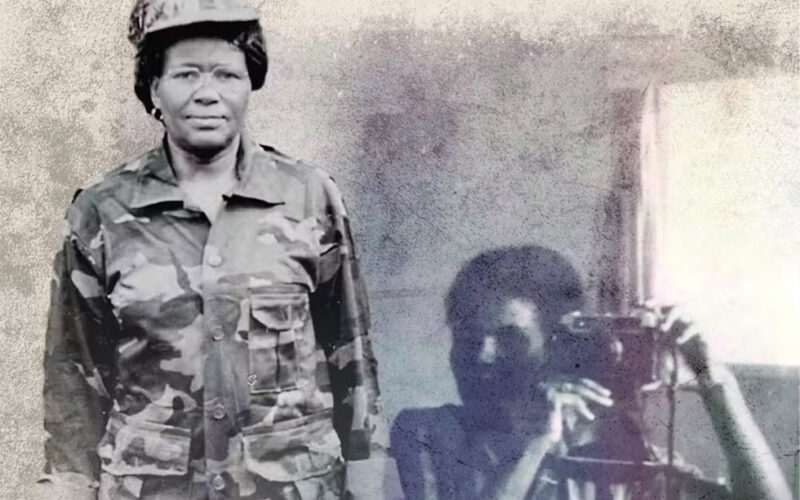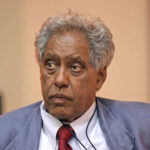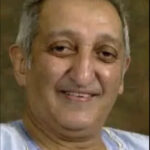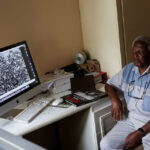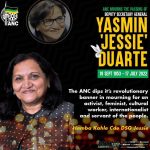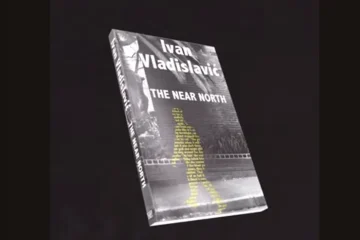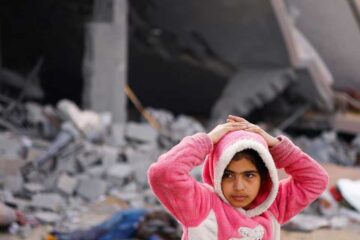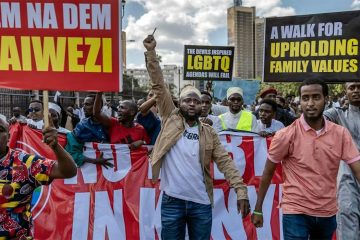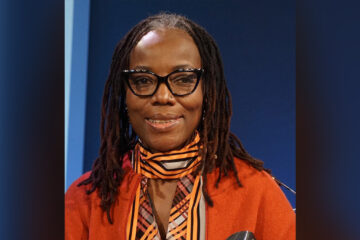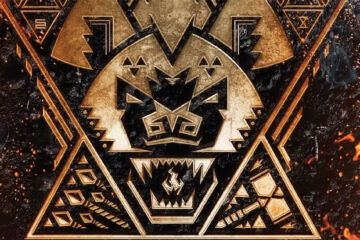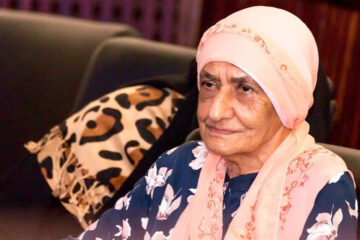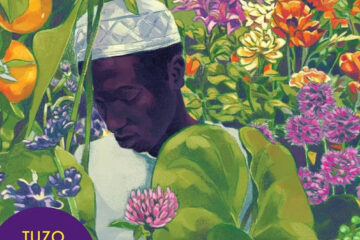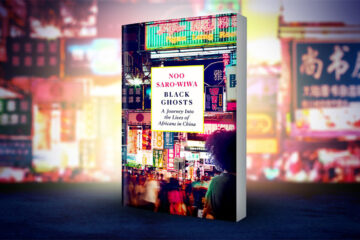SOUTH Africa’s young democracy was a culmination of years of sweat, blood and revolution against the apartheid regime. In the early 1960s, after decades of “non-violence” as a policy of resistance, the African National Congress (ANC) and Pan Africanist Congress (PAC) formed military wings to take the fight to the apartheid regime.

Based on the living record and popular discourse, it would be easy to assume that the struggle against apartheid was almost entirely the domain of men. But women played a crucial role – one which is only really coming to light today.
In her book Guerrillas and Combative Mothers, political and international studies academic Siphokazi Magadla uses life history interviews to offer firsthand insights into women’s participation in the armed struggle against apartheid in South Africa from 1961 until 1994. She also examines the texture of their lives in the new South Africa after demobilisation.
Magadla interviewed women who fought with the ANC’s military wing, uMkhonto we Sizwe (MK); the PAC’s military wing, the Azanian People’s Liberation Army (Apla), formerly known as Poqo; and the paramilitary self-defence units in black urban residential areas.

As a sociologist interested in gender and sexuality, I was keen to read this book for the gendered experiences of liberation struggles. I read it alongside other studies about women in southern African liberation wars.
Much of the prevalent discourse about women’s wartime participation tends to centre on one question: why do revolutions and wars fail women? This discourse tends to, for example, heavily examine women’s experiences of sexual violence and victimisation in wars. It excludes their agency and contribution to wars.
But Magadla’s book, as well as the feminist analyses I read to complement it, widens the lens. She wants to know why women joined the armed struggle. How did women use or play with femininity and womanhood to optimise military effectiveness? How can women’s participation broaden our understanding of combat beyond direct physical fighting? And, lastly, how do women view their involvement in the revolutions that result?
Broadening the definition of combat
Some may argue that the women profiled by Magadla were not combatants. Few of them engaged in direct combat; that is, physical fighting on the battlefront. However, the author urges us to widen the definition of combat.
Citing the South African political activist and academic Raymond Suttner, Magadla argues that apartheid was a war with no battlefront. Instead, it occupied all corners of society. It was fought in homes, schools and churches. Women guerrillas put themselves at risk in different ways and relied on creative approaches to get close to potential targets.
Thandi Modise, who has served in South Africa’s parliament since 1994 and is currently the minister of defence and military veterans, is one of the women profiled in the book. She tells of carrying a handbag from which protruded a pair of knitting needles – an absolutely ordinary, non-threatening sight – while she observed potential military targets.
On the rare occasions that women’s wartime participation is recognised in the wider discourse, they tend to be shown as armed revolutionaries who are, simultaneously, feminist icons. Images abound of these women soldiers toting AK47s, ready to shoot, or carrying rifles – and babies on their backs.
Magadla weaves in accounts throughout the book to disrupt this popular narrative. After all, it potentially erases those women who carried neither AK47s nor babies on their backs during the war for liberation. Some women hid bullets inside tampons to bring into the country for the war while others carried explosives in their purses. Some spent endless hours watching and testing for potential dangers and weaknesses in the apartheid military’s defences.
One example is Nondwe Mankahla, who, while working as a distributor for the New Age newspaper, simultaneously couriered bomb equipment for political activists Govan Mbeki and Raymond Mhlaba.
Soldiers, not ‘she soldiers’
Throughout the book, Magadla refuses to pigeonhole the participants. She recognises that their experiences vary and analyses how the women of MK negotiated its culture of patriarchy in a way that highlights the women’s agency without romanticising their struggles.
Women in MK were known as “flowers of the nation” or as umzana (a small home) of the organisation. Some of the women found the labels, umzana in particular, endearing. Others felt that they diminished women’s roles. Similarly, they resisted qualifiers such as “she comrades” and “she soldiers”.
But they did not want to erase their femininity. Some aspects of the patriarchal culture worked to the advantage of women both inside the organisation and in their encounters with the apartheid security police during operations. Women combatants could easily manipulate their femininity to defy the guerrilla image contained in government propaganda.
During the 1980s MK staged Operation Vula, a mission to bring exiled leaders back into the country. Busisiwe Jacqueline ‘Totsie’ Memela successfully smuggled anti-apartheid activists Mac Maharaj and Siphiwe Nyanda into South Africa from Swaziland (Eswatini). Magadla attributes her success to a combination of her military training and dynamic use of femininity: Memela dressed as a Swati woman while observing the border around the clock.
A work of theorising
Guerrillas and Combative Mothers is more than just a project to name the women who dedicated their lives to liberating South Africa. It also presents different ways of theorising. It raises an interesting methodological question about seeing the limits of verbal language and the utility of silence when dealing with traumatic events. How do we analyse silence when the people’s wounds have not healed and therefore their lips remain sealed?
However, while Magadla’s argument is sophisticated, the language doesn’t “sweat”, to quote Toni Morrison. It remains simple and accessible to all audiences.
- This article is republished from The Conversation under a Creative Commons license. Read the original article.

